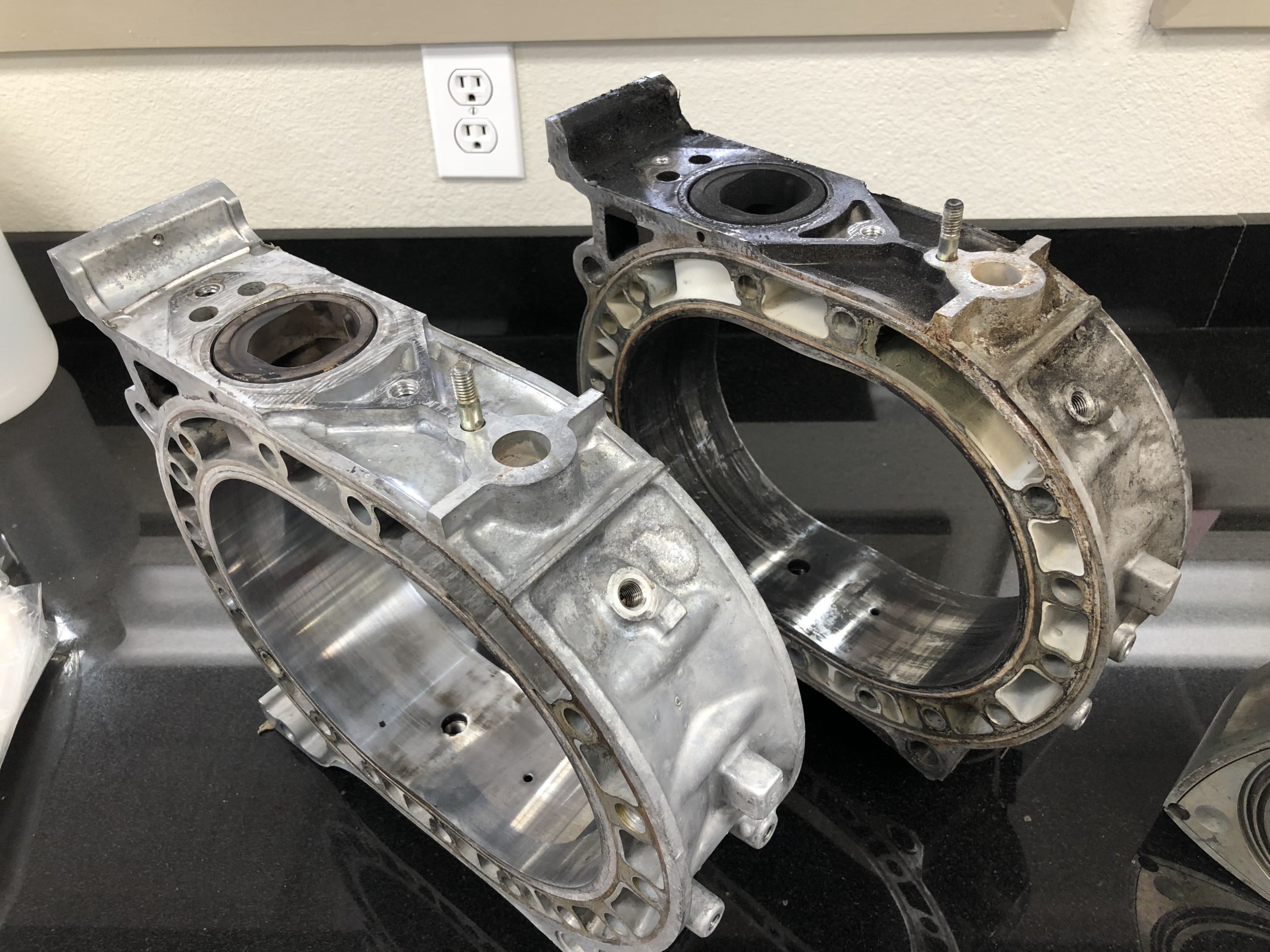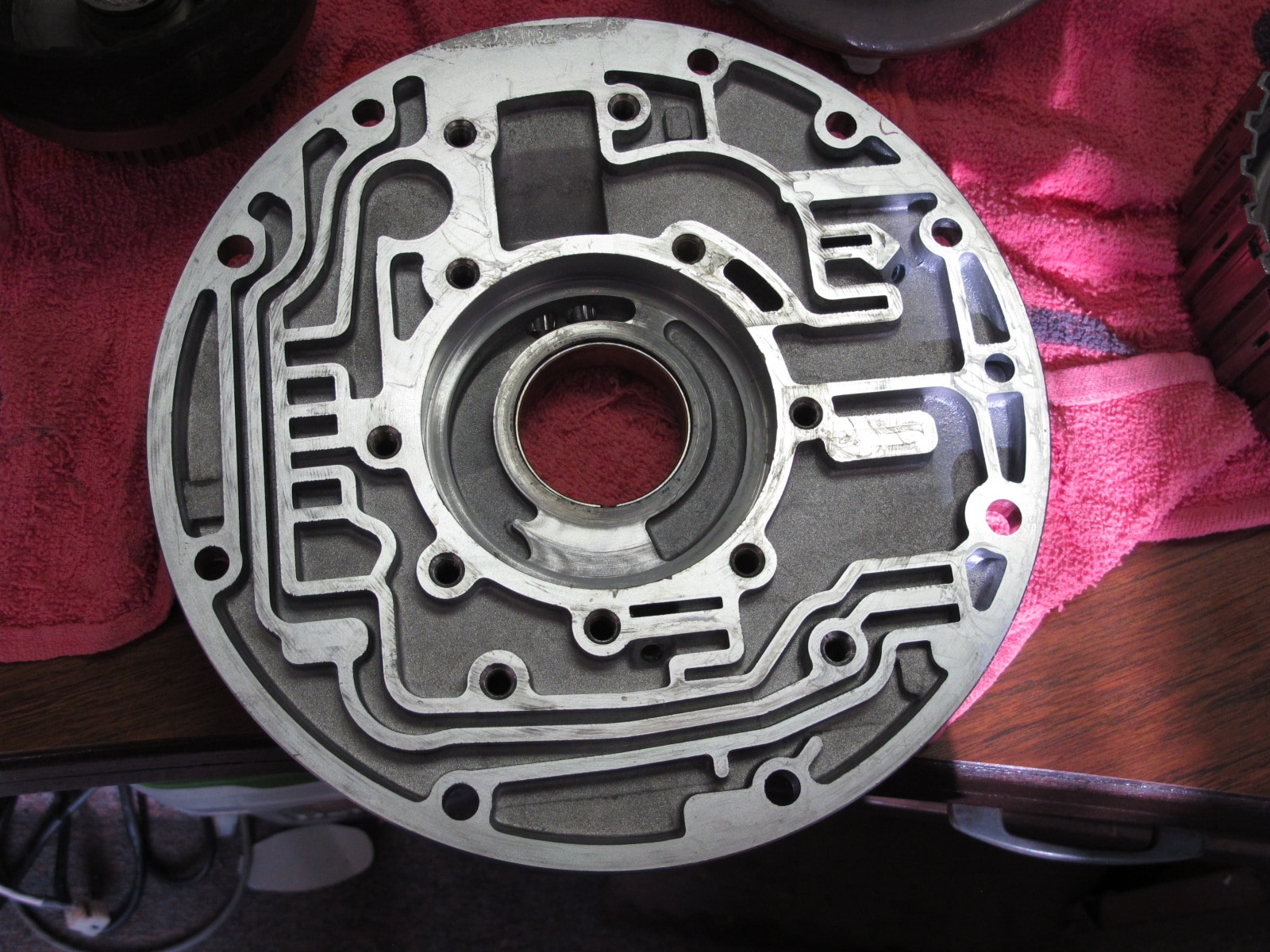Ultrasonic Testing will Ensure that your Parts will be Cleaned Successfully Before a Purchase is Made
If you have never tried using ultrasonics to clean your parts, or if you need assistance developing a complete process for a given parts cleaning application, ultrasonic testing is the best first step you can take. By testing your parts before purchasing an ultrasonic cleaning system, crucial information regarding your particular parts cleaning application will be provided, such as:
- Ultrasonic frequencies: The best ultrasonic frequency or combination of frequencies will be established
- Cleaning Time: The testing will allow us to determine how long it will take to clean your parts, and therefore determine the size of the system you will need to meet your throughput requirements.
- Agitation requirements: We will be able to determine if agitation is required and whether or not this feature is worth including on the cleaning system.
- Optimum temperatures for cleaning
- Detergent type and concentration: Detergents play a huge role in ultrasonic cleaning system success and Zenith keeps over 50 different fluids available for testing
- Rotation requirements: In some cases, parts will need to be rotated to ensure that all blind holes or internal cavities are cleaned.
- Rinsing requirements: Determining the rinsing requirements for the volume of parts cleaned will allow us to determine how many rinse tanks are needed
- Drying requirements: The drying cycle typically determines how fast a multi-stage cleaning system can clean parts. We will evaluate your parts and determine the best drying method for your needs.
My contaminants are very light and easy to remove. Can’t you determine if ultrasonics will work without testing?
Zenith always recommends that ultrasonic testing be performed prior to purchasing a system even when it seems to be very clear that ultrasonics will work. Every customer has parts of a different design and although the contaminant may be light and easy-to-remove, there might be something about the design of the parts or number of parts being cleaned per batch which will affect the cleaning process.


How long does ultrasonic testing take?
Typical turn-around time for ultrasonic testing at Zenith is 2-3 weeks, but depends upon the number of tests being performed. In some cases, our engineers can clean the parts successfully in the first cleaning agent and ultrasonic frequency tested. In other cases, several different cleaning agents and ultrasonic frequencies are used before parts are cleaned successfully and in these cases, testing takes longer.
What is included when my parts are returned?
After ultrasonic testing, Zenith will package the parts in separate plastic bags for each set of parts tested, especially if multiple cleaning agents, frequencies, or processing times are used. In addition, a lab report will be included which provides all of the details of the test and equipment recommendations to satisfy the cleaning application.
What does ultrasonic testing at Zenith cost?
The only cost for ultrasonic testing is shipping of your product to and from our location. The cost is typically minimal, especially when you consider that by performing the test, you are ensuring that your parts will be cleaned successfully at the volume desired
Aqueous Parts Cleaning System Choices at Zenith
Zenith offers many cleaning systems to satisfy your specific needs. Even though the aqueous parts cleaning process includes the 3 stages detailed above, you may not need all 3 stages. Perhaps you already have rinsing and drying at your disposal, or perhaps you do not need to dry your parts. In any event, Zenith can provide you with the equipment you need to get the job done.
Does Zenith load or rent ultrasonic cleaners so that I can perform my own tests?
Typically not, for several reasons. Firstly, you would only be able to test in one particular ultrasonic frequency and power density, the frequency/density of the cleaning system loaned. Second, the number of cleaning agents you could test in would be highly limited and cleaning agent selection is the 2nd only to ultrasonic frequency and power density. There are also many other factors that our potential customer may not be aware of such as ultrasonic energy reflection, optimum part positioning, how temperatures affect the process, agitation of parts and its benefit, and much more. Ultrasonic testing is best done by engineers with years of hands-on experience with ultrasonic cleaners.

